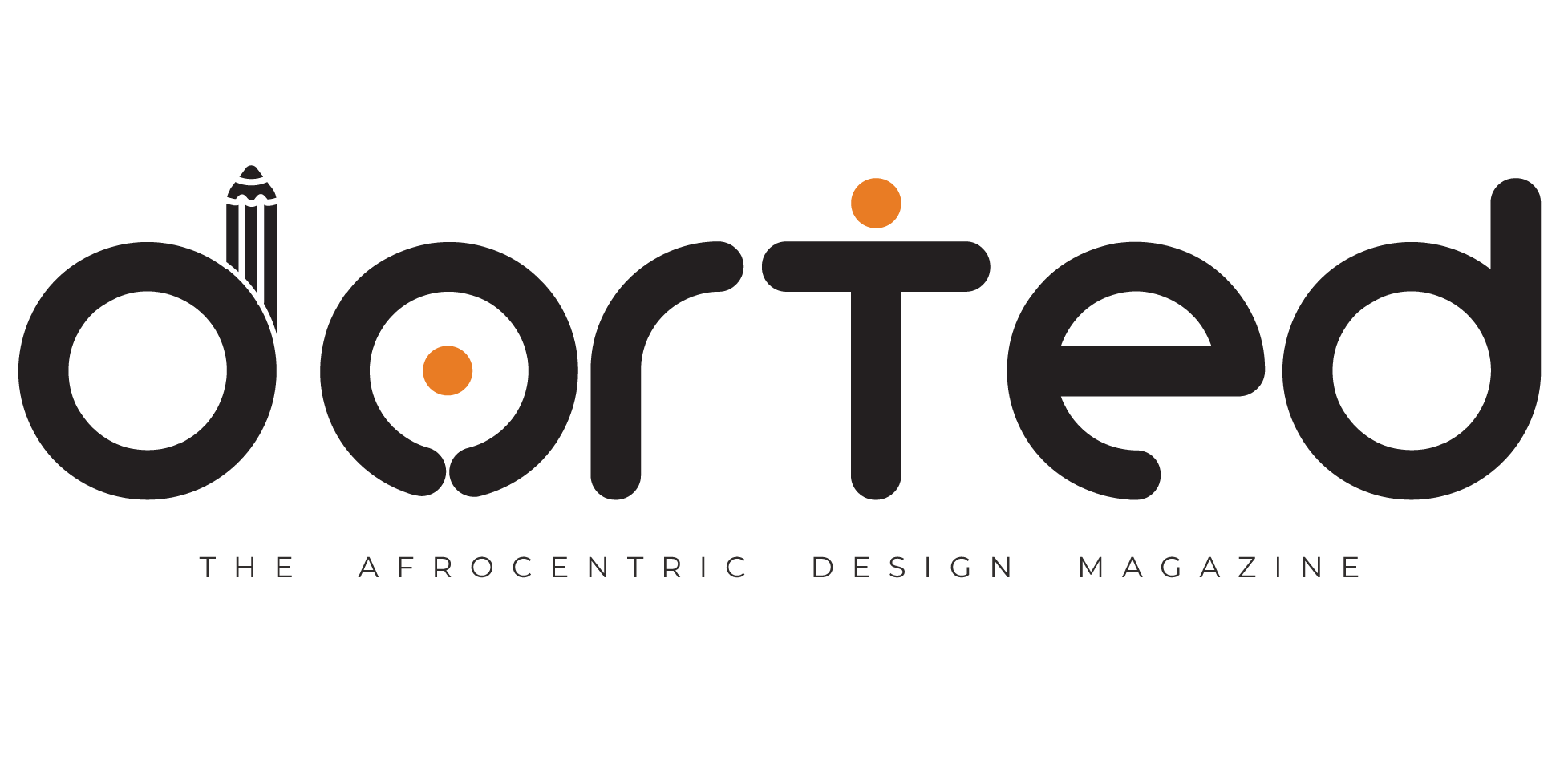
The construction industry is on the cusp of transformation with the advent of 3D-printed houses. Combining efficiency, sustainability, and cost-effectiveness, 3D printing in construction offers groundbreaking solutions to some longstanding challenges of traditional building methods. By minimizing material waste, reducing labour costs, and accelerating build times, 3D printing can reshape how—and where—we live.
How it works
The 3D printing process for construction is a sophisticated combination of digital design, advanced materials, and automated construction techniques.
- Digital Design: The construction process begins with a 3D model of the structure, created using CAD (computer-aided design) software. This model is fed into the 3D printer’s software, serving as a precise blueprint for each layer of the build.
- Printing Methods: The primary technique used for large-scale construction is concrete extrusion, where a custom concrete mix is poured layer by layer to create the structure’s walls. A variation known as Fused Deposition Modelling (FDM), though typically used in smaller applications, is also adaptable for construction, especially for smaller or more intricate structures.
- Construction Process: Unlike traditional construction, which may take months, a 3D printer constructs the house from the foundation up in days. These printers are massive and can be programmed to create entire wall structures with designated spaces for windows, doors, and utilities. The automated nature of 3D printing means fewer human resources are required on-site, further accelerating the process.
Material Used

Materials Used
The materials used in 3D-printed construction are specially formulated for durability, quick-setting, and environmental responsibility.
- Concrete: A specially developed concrete mix is the primary material, designed for fast curing and structural integrity, ensuring the building can withstand various environmental conditions.
- Cement-Based Mixes with Additives: The mix is often enhanced with polymers and other additives to improve tensile strength, bonding, and flexibility.
- Recycled Materials: Some companies are incorporating recycled or sustainable materials, such as sand or reclaimed aggregates, which contribute to a more eco-friendly build and can reduce carbon emissions further.
Advantages

- Cost-Effectiveness: One of the most notable advantages of 3D-printed houses is their reduced cost. By minimizing material waste and cutting down on labour needs, 3D printing can significantly lower construction expenses, making affordable housing more accessible.
- Speed: Traditional home construction can take several months or even years to complete, while a 3D-printed house can be completed in days. The speed of construction not only saves time and labour but also accelerates the delivery of essential housing.
- Design Flexibility: 3D printing allows architects and designers to push creative boundaries, producing complex, curved, or custom-designed structures that would be labour-intensive and costly to achieve with traditional methods.
- Sustainability: The automated and precise nature of 3D printing results in minimal waste, as materials are used only where needed. Additionally, some 3D printing companies are committed to sourcing local or recycled materials, which reduces transportation emissions and promotes resource conservation.
Challenges

- Regulatory Issues: Building codes and regulations, established with traditional methods in mind, often lack provisions for 3D-printed structures. Permitting for 3D-printed buildings can be slow, requiring companies to work closely with regulatory bodies to ensure compliance.
- Material Limitations: Although concrete is commonly used, the development of alternative materials that provide the same strength and durability remains a challenge. Material testing and innovation are necessary to expand the possibilities for 3D-printed buildings.
- High Initial Costs: Setting up 3D printing operations requires significant investment in both machinery and training. This high upfront cost can deter smaller companies from adopting the technology. However, costs are expected to decrease as the technology becomes more widespread.
Applications

Companies around the world are already demonstrating the viability of 3D-printed houses through innovative projects.
- ICON: Based in Texas, ICON has become known for its Vulcan printer, which has been used to build affordable housing. Their projects include entire communities of 3D-printed homes, helping address housing shortages and providing affordable, sustainable housing.
- Apis Cor: This Russian company gained global attention for constructing a small house in under 24 hours using portable printing technology. Apis Cor has expanded to other regions, offering rapid and efficient construction solutions even in extreme climates.
- Cipriani Limited: In Nigeria, Cipriani Limited has been instrumental in bringing 3D-printed housing to the country. The company’s initiatives focus on constructing affordable homes with rapid turnaround times, addressing the pressing demand for urban and rural housing. By using advanced 3D printing techniques, Cipriani Limited aims to reduce construction costs while promoting sustainability through the use of local materials. Their efforts could be a contributing factor to a potential solution for Nigeria’s housing crisis, with the added benefits of speed and reduced environmental impact.
Future Prospects

The future of 3D-printed houses holds incredible promise. As material science advances, we can expect stronger, more flexible, and environmentally friendly materials tailored for 3D construction. Customization options are likely to increase, with homeowners able to personalize everything from layouts to finishes. Additionally, smart technology integration—such as pre-installed sensors and IoT devices—may soon be incorporated during the printing process. In regions facing housing shortages or lacking skilled labour, 3D-printed houses could be a vital tool for building affordable and quality homes quickly and sustainably.
Conclusion

3D-printed houses represent a revolutionary shift in construction, blending technological innovation with sustainable, efficient design. As companies continue to pioneer new methods and materials, 3D printing may soon transition from a novel approach to a mainstream solution, offering a scalable way to meet the world’s growing housing needs. By reducing construction time, cutting costs, and enabling greater design flexibility, 3D printing is redefining the future of housing—one layer at a time.
Written by:
Arc. Biola Akinola, mnia
Dorted community member
Discover more from dorted
Subscribe to get the latest posts sent to your email.







